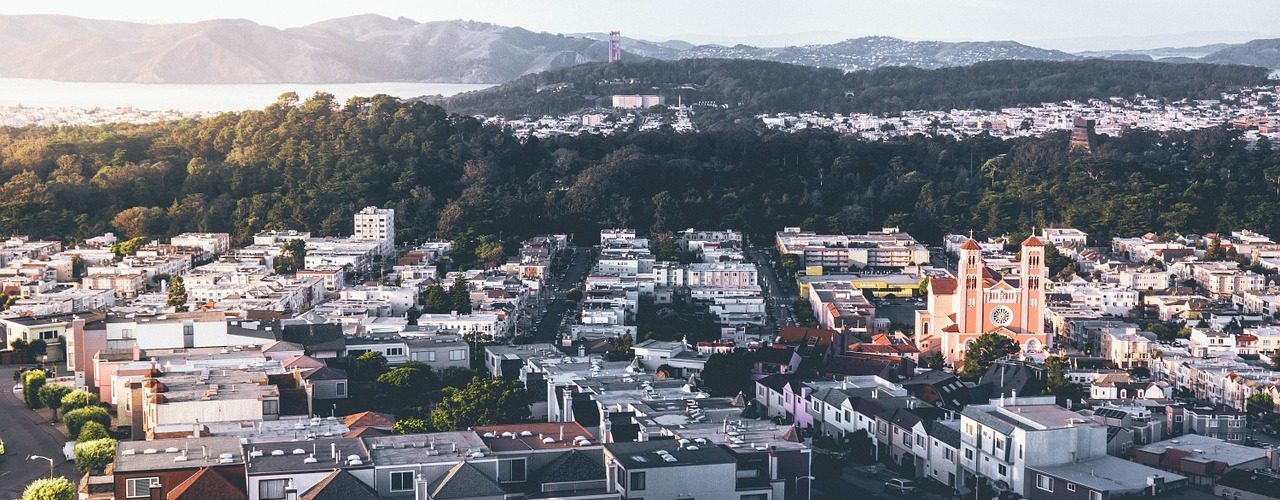In cities, development inevitably takes place as urban planners make decisions about maximising land use. A process that commonly takes place during development of neighbourhood is gentrification – defined as improving or renovating a neighbourhood to raise its value to suit the standard of life for middle-class residents.
Gentrification is characterised by changes in the demographics of residents from lower income to higher income, large increases in market value of property prices and rents, different land use to suit developmental needs, and new characteristics and culture of the neighbourhood to include what is desirable and attractive.
For a verbal explanation of gentrification, watch this video below:
It is a phenomenon that is common across cities. However, how people view this process depends on which side of the fence they fall on – the ones who see their property value increase, or the ones who have to pay higher rent. The increase in rent and higher costs of living due to new developments usually come hand-in-hand with the displacement of lower-income groups or older long-term residents who feel that their needs are no longer met by the surrounding amenities.
Why does gentrification happen?
There are two main theories that researchers use to explain gentrification: production-side theory and the consumption-side theory. Both of these work concurrently to produce this phenomenon.
The production-side theory posits that redevelopment of neighbourhood happens due to the economics of property within the capitalist system – when land has not been invested upon previously, it provides an opportunity for investment to raise the value of the land, allowing it to resell for a higher price. This motivates the development of older neighbourhoods.
On the other hand, consumption-side theory explains gentrification from the perspective that culturally, people who are getting more affluent want to improve their quality of life by relocating. Often, middle-class workers move closer to their workplaces, and the demand for amenities and urban lifestyle increases in those neighbourhoods.
When supply meets demand, the changes in the neighbourhoods take place.
Effects on the people
Clearly, there are both costs and benefits to changing neighbourhoods. Stories about how gentrification affected lives, and initiatives taken to address concerns have been documented in this article. Closer to home, neighbourhoods such as Dakota, Chinatown and Tiong Bahru have also undergone changes that are not entirely welcome by older residents. Contentious developments have taken place such as the rise of hipster cafes and restaurants which do not meet the living needs of older residents in the old neighbourhoods of Tiong Bahru. In a bid to remain commercially relevant, Chinatown and Kampong Glam became more tourist-friendly. Some have lost their business, while others gained from the increase footfall from tourists and locals alike.
While gentrification may not always benefit the locals, it is inevitable that it will take place in urban areas. The sensible action would be for developers to thoroughly consider the needs of different stakeholders, and balance the priorities to ensure that the benefits are shared amongst property owners and the people who live in the neighbourhoods that are changing.
Questions for further personal evaluation:
- What changes do you see in the places you grew up in?
- Is gentrification a good idea? Why, or why not?
Useful vocabulary:
- ‘peril’: serious and immediate danger
- ‘ardent’: very enthusiastic or passionate
- ‘contentious’: causing or likely to cause an argument; controversial
Here are more related articles for further reading
- City Lab: Studies show that in some U.S urban areas, concentration of the poor has been on the rise instead.
“Many past studies have explored the complicated relationship between gentrification and displacement, and researchers have come up skeptical about whether the first directly causes the second. (For one, displacement is quite difficult to measure.) Demographic shifts observed over time appear to happen in part because low-income residents are more precarious generally, and more likely to move. As rents rise, they’re often replaced by higher-income residents. The low-income residents who do end up being pushed out, however, tend to move to worse-off areas. Over time, these complex, simultaneous changes lead to a shifting of economic, and often racial, boundaries.”
- City Lab: Even the presence and concentration of dog parks in neighbourhood can represent the effects of gentrification.
“Parks and recreation departments face tremendous pressure today to dedicate more and greater space for the nation’s fur-babies, even in cities where there aren’t enough local parks for actual children. The rise of dog parks—up 40 percent over the last decade—has consequences for neighborhoods that have them as well as those that don’t. More than half of the nation’s parks departments now boast a dog park
Back in the day, “a dog park wasn’t a thing” says Kathryn Ott Lovell, commissioner of Philadelphia Parks & Recreation. “You walked your dog around the neighborhood. You took your dog around the block. Standards and expectations for dog owners have shifted. The culture of dog ownership has changed.”
The fancy-town dog park in the early designs for Lincoln Yards might be among the least-divisive features of this project, which closed in on as much as $1.3 billion in public funding (through a tax-increment financing scheme) last week. But it is nevertheless a small marker of disparity in the city—one that can be found all over. It’s a pattern whose consequences range from worrisome sign of neighborhood gentrification to outright structural inequality.”

